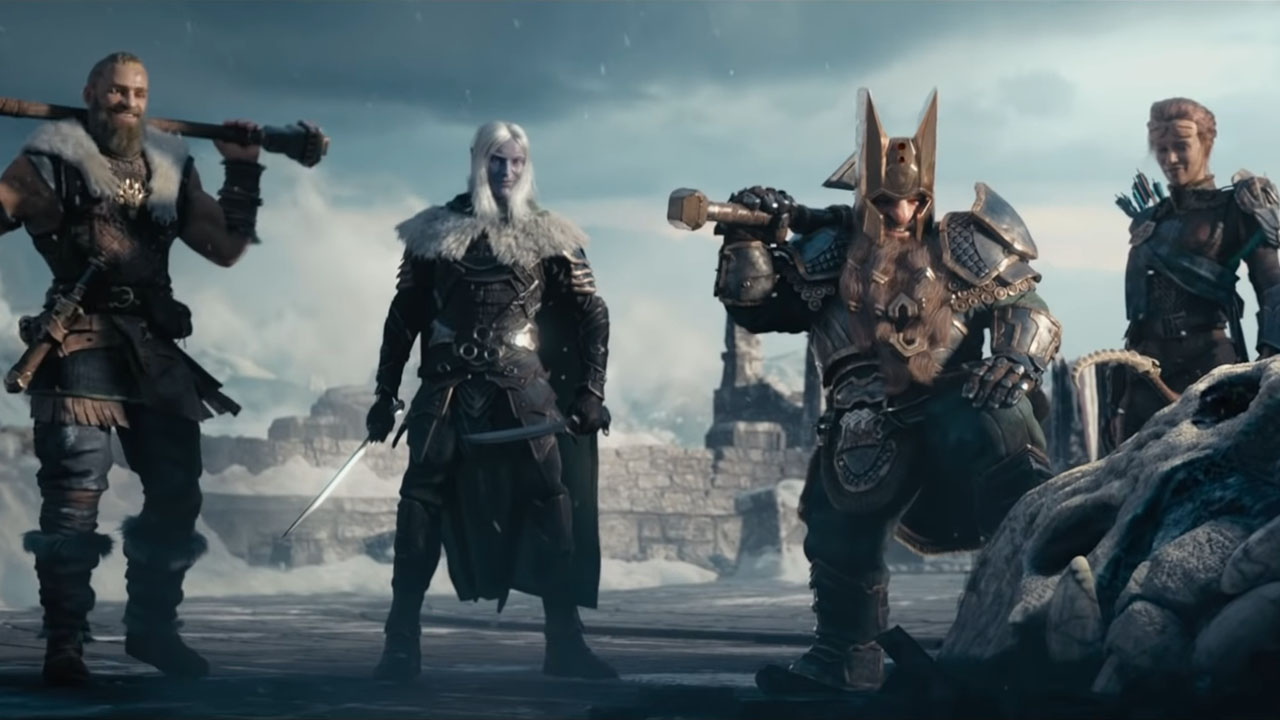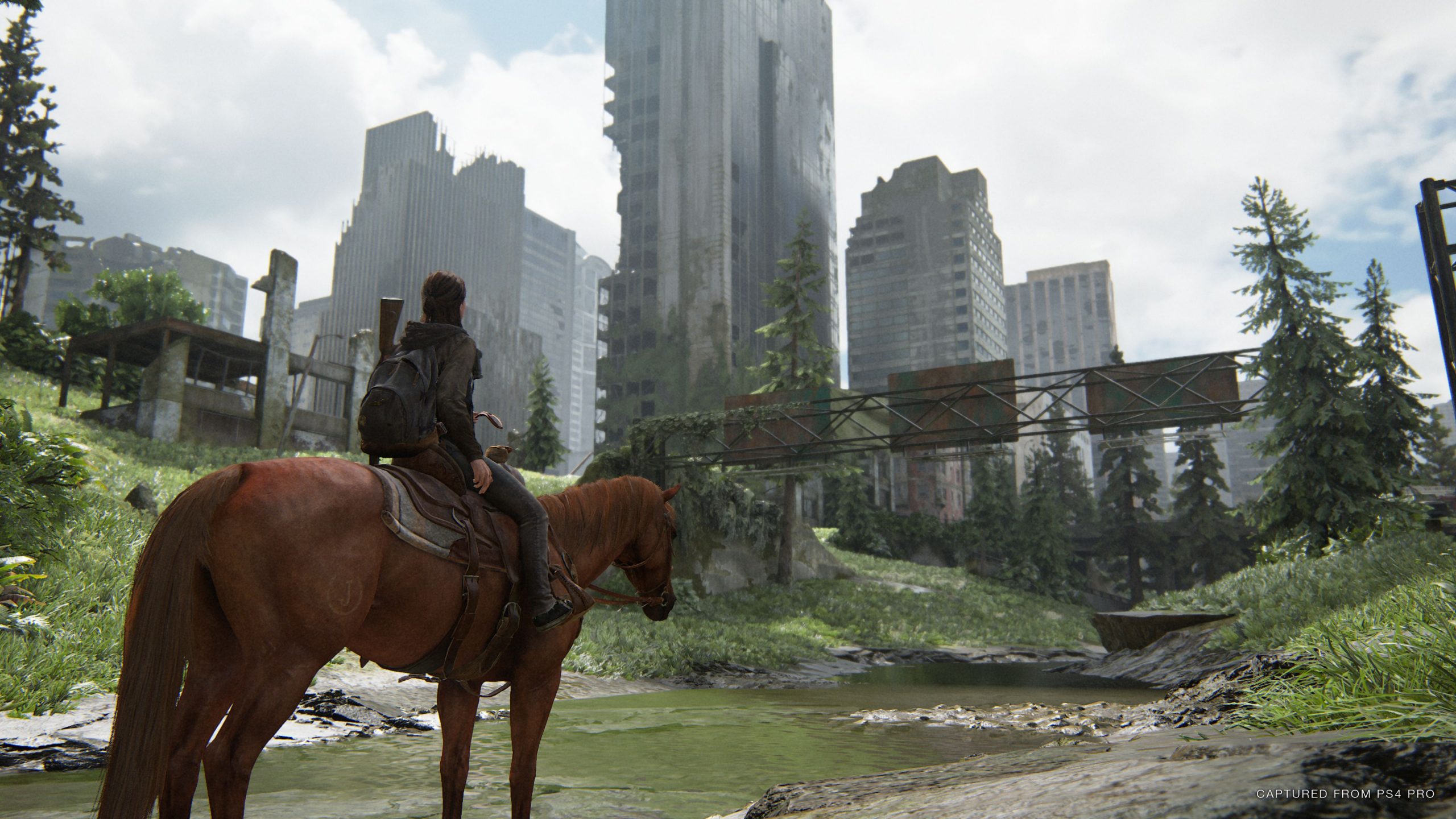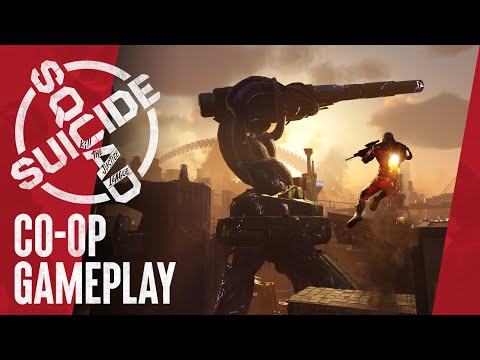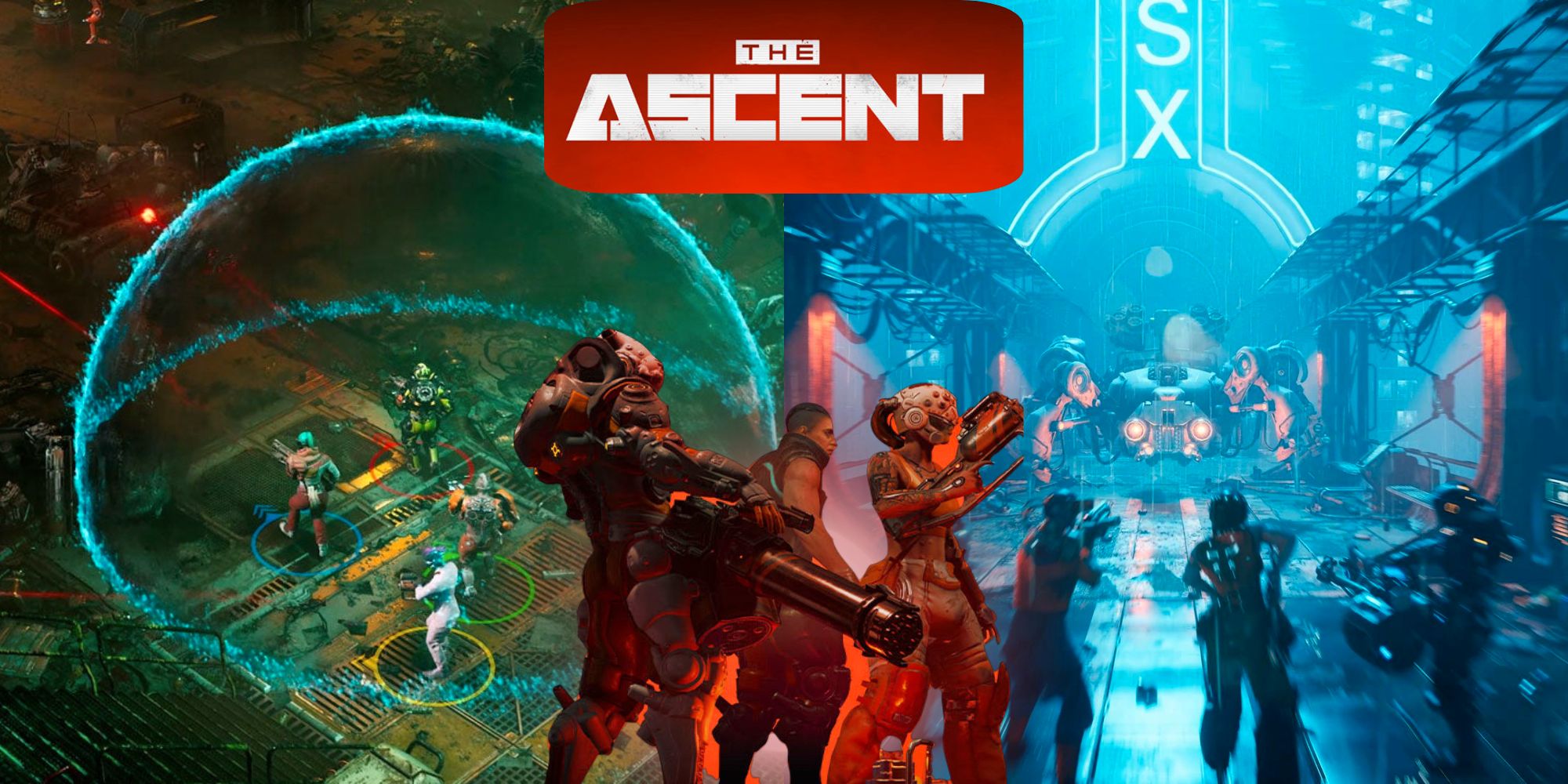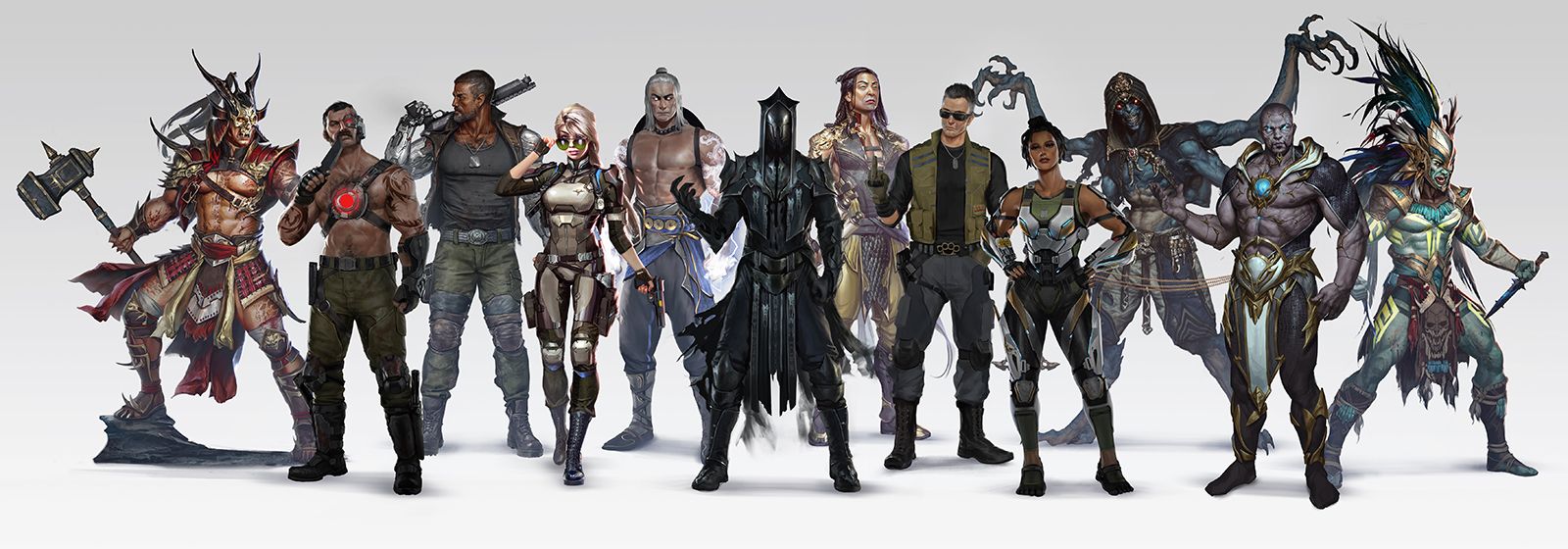
Few triple-A blockbusters are ever made by a single studio. Big names like Naughty Dog, Insomniac Games, Arkane Studios, and other major developers will be plastered on marketing materials and declared the primary creator, but there’s often a lot of supplemental work that goes unseen. Support studios and visual effects companies are always working on your favourite games, whether it be through subtle environmental additions or character designs that stand front and centre of the entire experience.
I recently caught up with Atomhawk, a visual development and design company from the mighty Gateshead in the North East of England, that has spent the last decade working on some of the biggest properties around. Guardians of the Galaxy, Minecraft, The Elder Scrolls, Injustice 2, and The Walking Dead are just a few of the games it has helped bring to life in recent years, whether it be through mainline entries or smaller projects and spinoffs. It seldom produces its own unique IP, instead choosing to leverage its growing pool of talent to make itself known across the wider industry.
Related: Ricky Cometa On The Art, Production, And Impact Of The Owl House
“We are a team of digital artists and designers who, with the support of an exceptional production team, work with top games studios to help shape the gaming worlds of tomorrow,” Atomhawk studio director Darren Yeomans tells me. “Our artists thrive on creating fantastical characters and environments to breathe new life into well-loved and established IP. Most importantly to us, the creative collaboration we have with all our clients really brings out the best in us.”
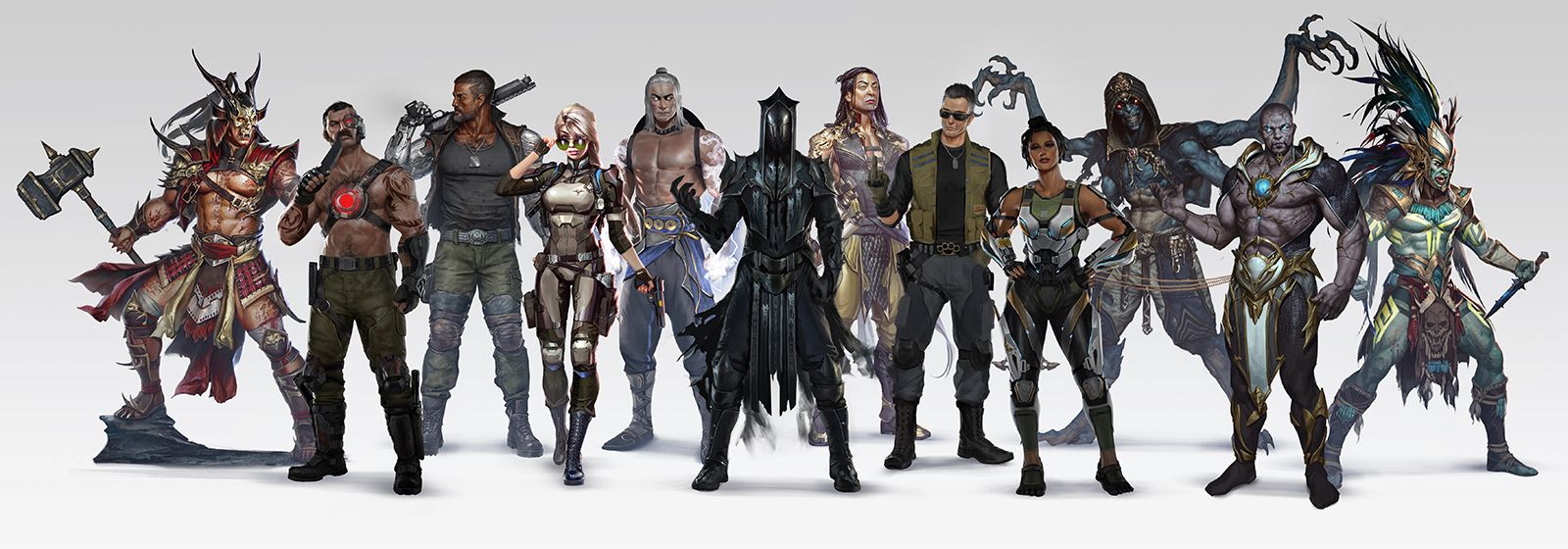
The sense of routine across Atomhawk is very much defined by the partners it works with, with the scale of each new project determining the expertise and time required to make whatever a client hopes for a reality. It’s an unpredictable line of work, but one the company seems to revel in. “Pitches and briefs absolutely vary wildly,” art director Drew Whitmore explains. “They range from the very specific where we are given an exact vision that we need to execute on to others that are incredibly open and trusting to the point of having creative freedom all the way down to the very core idea. Both approaches, as well as all the briefs in between, can be great to work on. Creative freedom is obviously a lot of fun and shows the trust these companies put in us, but often restrictions and a tight brief can bring about some of our best work, as well as a surprising amount of creativity within a narrow window.”
While established properties comes with restrictions, Atomhawk seemingly doesn’t view these directions as a drawback, but rather a challenge to bring something new to worlds and characters that many of us are already keenly familiar with. “When we work with established IP, we're ultimately helping our clients realise their visions of these worlds,” Yeomans says. “What’s interesting about working with established franchises is the variety that can be injected into things that already have some defined parameters to work within. For example, think how many iterations of Batman have existed across comics, films, toys, cartoons, video games, et cetera. When we work with established IP, we try to pay close attention to what makes it special. Anything we create needs to feel authentic and true to the DNA of the character or world we're working with.”
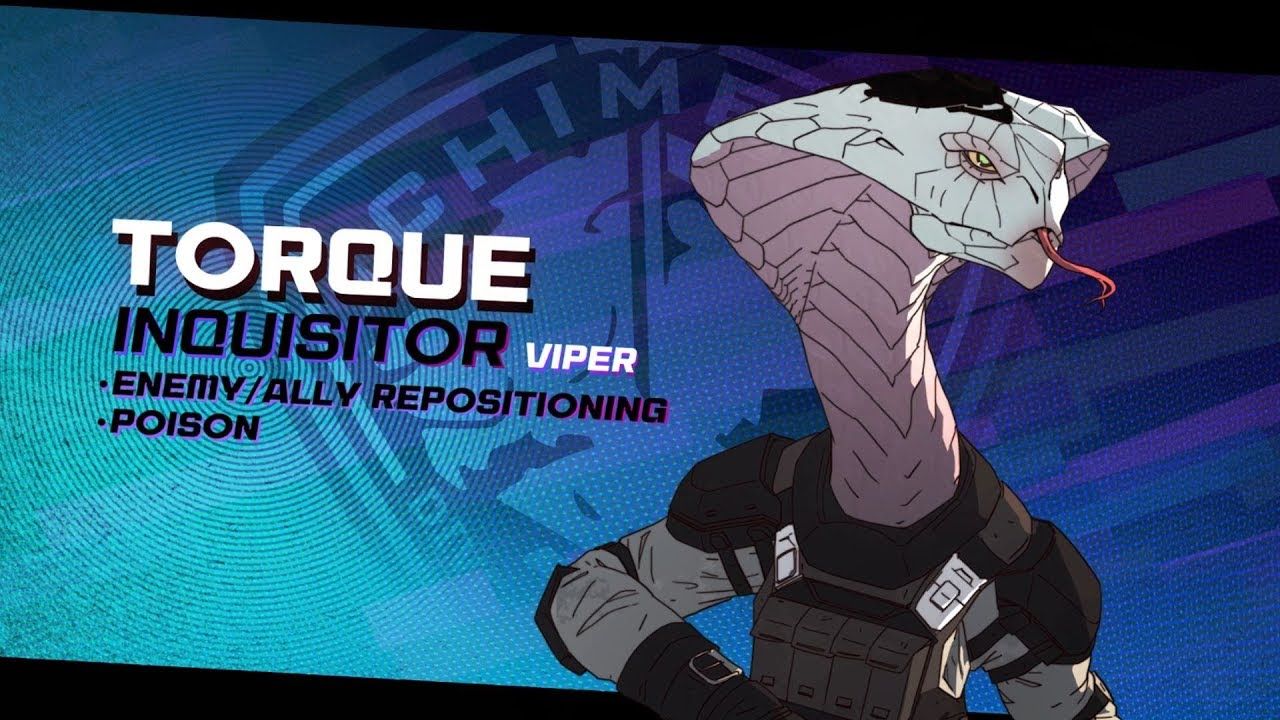
When working in a traditional studio, artists might be locked into the same project for years, whereas Atomhawk gets to bounce between ideas, with each new pitch acting as a way to impress clients and try something new. “An artist or producer in a development studio could be working on the same title for anything up to five years, sometimes longer.,” Yeomans tells me. “At Atomhawk, the team gets the chance to work on many styles and genres. To paint this picture, at the moment we are working on 20 different projects, each with their own themes, styles, and creative challenges. This means time management is crucial. Our incredible production team has succeeded in scheduling everyone’s time down to the hour to ensure none of our art teams do any crunch or overtime. When you’re burned out it’s difficult to come up with fresh ideas, so it’s all important that our team gets the recharge time they need to give them the best possible chance to be exceptional every day.”
Unfortunately, Atomhawk couldn’t divulge any details about some of its most rewarding projects due to the prevalence of NDAs in video game development, with many conceptual ideas and even finished products being shrouded in corporate secrecy. It was able to spill the beans on some projects though. “I really enjoyed [working on] Firaxis’ XCOM: Chimera Squad,” Whitmore says. “It was great to work with Firaxis Games and 2K to create a style for their in-game cinematics. This style was ultimately rolled out to the in-game character portraits as well as the announcement trailer, which we worked on in collaboration with Hammer Creative. The comic book art style was a lot of fun to work on, as well as working out how to animate it. It also demonstrates how early concept art can solve problems for the stylistic direction of games. At the end of the day, that’s what we really are as concept artists – problem solvers.”

As for newcomers eyeing the field from afar, Whitmore encourages young artists and designers to “lean into what you’re good at,” and focus on offering something that nobody else can. “Often people trying to get into the industry think they need to be skilled with everything, and while that’s valuable, people will generally sit up and take notice if you are great at the one thing they need,” Whitmore explains. “That’s why you see professionals who specialize in characters, environments, and then later branch out.”
Companies like Atomhawk are often kept in the shadows, offering essential work to support major studios as they piece together games of unimaginable scale, but rarely celebrated or even acknowledged when awards and accolades roll around. Yet Yeomans doesn’t mind this status quo – in fact, he welcomes it. “Publishers and developers are typically the vision holders for projects so it’s only right that they are front and centre for their products,” he says. “Our role as a visual development studio is to help the realisation of what it is they are trying to create. As games and films have become more complex, the number of specialist teams required to make them has grown in parallel. The use of external development partners is becoming industry standard for specialist areas including art, audio, [and] motion capture, just to name a few.
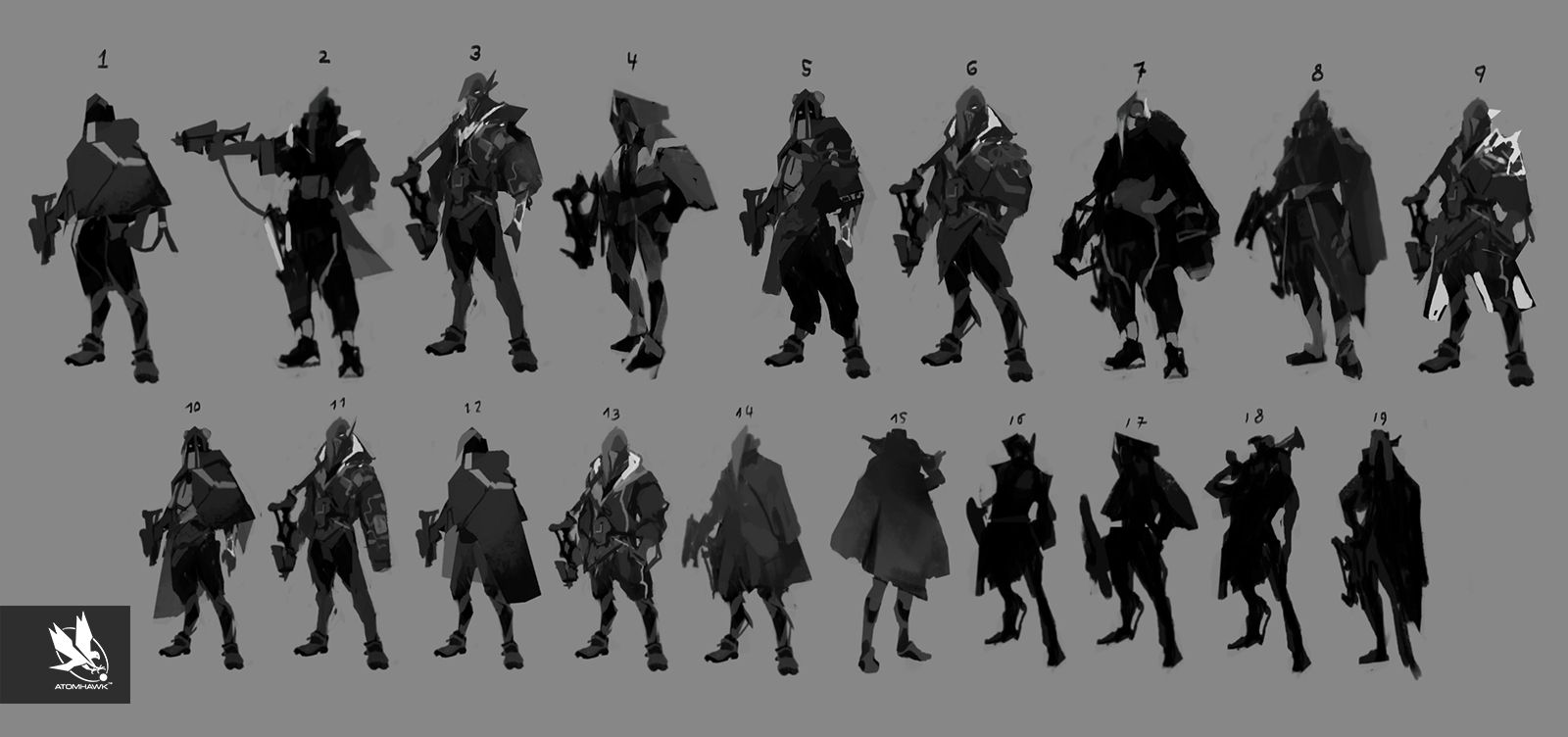
“We've found our clients have typically been good at crediting not only the studio but also the specific team members from Atomhawk in their credit lists. It’s always an exciting day when we can share screenshots from the in-game credits with each other and celebrate our hard work as a team!”
Next: A Director's Cut Won't Fix Ghost Of Tsushima's Biggest Problems
